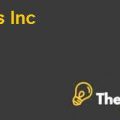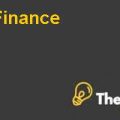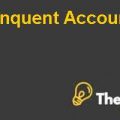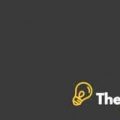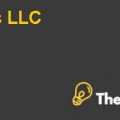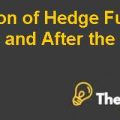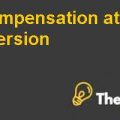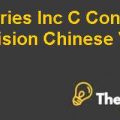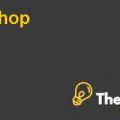
Judy and John DeRight, want to diversify their investment portfolios, retained Angus Cartwright, Jr. identify prospective real estate purchase. Mr. Cartwright has four potential properties that he feels deserve in-depth financial analysis. Case provides an opportunity to study the various components of real estate returns - cash flow, tax benefits, and futures - and measure the profitability of the proposed investment by calculating the net present value, internal rate of return and capitalization rate. "Hide
Under what circumstances case exhibits should be used and what do they tell:
Each of the case exhibits contributes toward more effective analysis of the properties.
Cartwright also assumed that:
1. Annual increase in net operating income and capital reserves (for capital expenditure) would be of 3% for Alison, Ivy, and Stony Walk and 5% for Fowler.
2. Clients would supply necessary equity beyond mortgages.
3. Ordinary tax rate of 39.6% and a capital gain tax rate of 28% would apply.
4. Clients could fully use any tax losses against other income and tax laws would not change. Following is the detail of each exhibit, specifying its purpose.
Exhibit 1:
This is a summary of key details regarding each of the property. This exhibit should be used to identify important areas of each deal representing the crux of the deal, which includes;
- A) Gross Purchase Price
- B) Depreciable Base
- C) Depreciable Life
- D) Estimated Sales Price
- E) Expected Year of Sale
- F) Net Operating Income
- G) Annual Increase in Op. Income
- H) Leasehold Payments
- I) Equity Investment
- J) Amount of Mortgage
- 1) Interest Rate
- 2) Term
- 3) Amortization Period
- 4) Constant Loan Payments'
Cartwright expected cash flows from operations to increase at a rate of 3% per year except Fowler Building which he projected to grow at 5% per year. After talking with DeRights, Cartwright assume, that they would hold their investments for ten years.
Exhibit 2:
This is a calculation regarding each property’s first year project setups. This exhibit should be used to identify property’s cash flows for the first year, which includes effects of all factors affecting the cash flows as Gross Rents, Vacancies, Real Estate Taxes, Other Operating Expenses. This provides the Net Operating Income which is also called the "Free and Clear" cash flows. These cash flows are before any capital expenditure (i.e. capital reserves), finance payments and lease payments (if any). By this, we arrive at cash flows before tax.
Cartwright felt it was important to include a capital reserve. For apartments, he would set aside $250 per apartment per year which would build sufficient funds to replace roof, repave parking lot, replace carpeting and appliances every five to seven years, and periodically refurnish clubhouse. He would hire a construction consultant to do a more detailed capital needs study, but for now, $250 reserve, inflated at 3% per year, would be adequate.
For office buildings, he would set aside $1 per rentable square foot per year, inflated at 3%, or 5% for Fowler. This is a reserve for capital expenditures which included improvements and commissions. This assumption also needs to be carefully tested and could be reduced if tenants sign leases longer than five years.
by Kenneth J. Hatten, William J. Poorvu, Howard H. Stevenson Source: Harvard Business School 14 pages. Publication Date: June 1, 1975. Prod. #: 375376-PDF-ENG

